Planting techniques of Houttuynia cordata Thunb
Farm cowboys grow cattle people
Houttuynia cordata Thunb, also known as Houttuynia cordata root, dog heart grass, etc., because the roots, stems, leaves have a fishy smell, hence the name Houttuynia cordata Thunb. Herba Rehmanniae is a perennial root herb, which is used for both medicine and food. It is mainly distributed in southern provinces of China, especially in Sichuan, Hunan, Hubei, Guizhou, Jiangsu and other provinces.
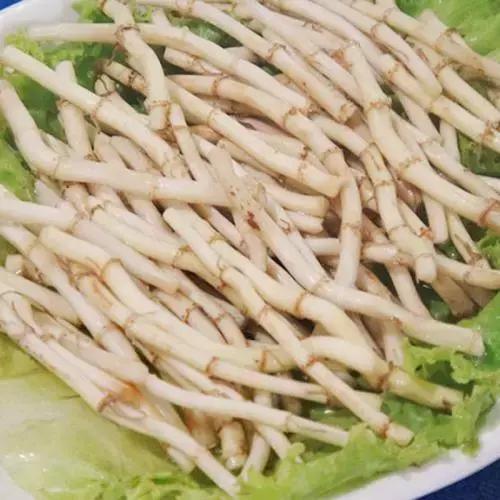
First, land selection, land preparation and application of bottom fertilizer
1. Parcel selection
In order to obtain higher rhizome yield, the land should be planted in sandy loam with flat, sufficient water source, convenient drainage and irrigation, deep plough layer, suitable soil structure, good physical and chemical properties and moderate fertility.
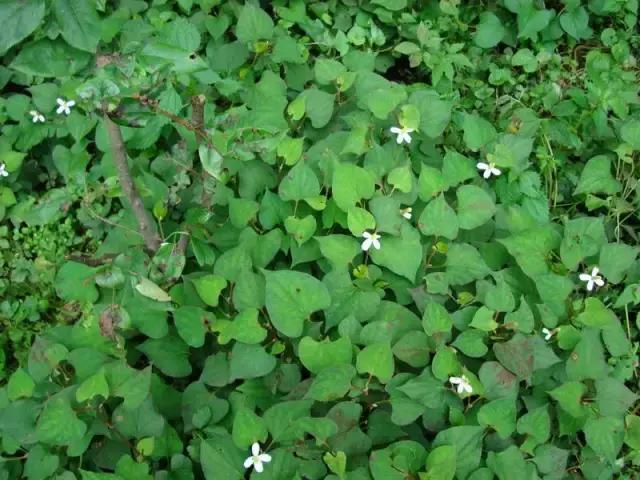
2. Fine land preparation
After selecting the plot, thoroughly remove weeds and the former orange pole, deep ploughing and sun-drying. Before planting, deep ploughing and raking, apply sufficient basic fertilizer, so that the land is loose, fertile and flat.
3. Apply sufficient base fertilizer
Before planting, 1000 Mu of rotten farm manure is applied to 1500 kg of rotten farm manure and 150 kg of plant ash to 200 kg, ploughing once, with a depth of 25 Murray and 30 cm, so that the fertilizer can be fully mixed with the soil.
4. Open soil moisture for planting
After the soil is fully mixed with fertilizer, the soil moisture is 2-2.5 meters wide and the ditch is 30-35 cm wide and 25-30 cm deep.
II. Multiplication formula
Houttuynia cordata Thunb generally uses asexual propagation, rhizome propagation and cutting propagation, but the effect of rhizome propagation is better, save time and labor, and the yield is higher.
>
Rhizome propagation
In February-March, before the new seedlings germinated, the rhizomes were dug out and cut into segments 8-10 cm long with more than 2-3 axillary buds, and beard roots were left.
According to the row spacing of 20-25 cm, open a shallow trench with a depth of 5-8 cm, discharge the cut rhizome in the ditch according to 8-10 cm plant spacing, cover the soil 6-10 cm, the soil is moist without watering, irrigate the soil properly when the soil is dry, keep the soil moist, and the seedlings can grow after 15-20 days.
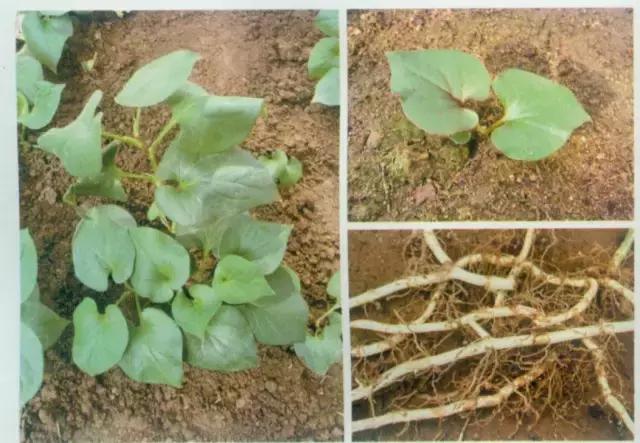
III. Tanama management
1. Ploughing and weeding
After houttuynia cordata is planted, weeds must be removed frequently, soil can be cultivated and weeds can be removed before closure, and weeds can be pulled manually after closure, combined with mid-tillage and weeding to do a good job of fertilizer and water management.
2. Water and fertilizer management
Keep the soil moist throughout the growth period. The growth was slow in the early stage, and before the seedlings survived, 8-10 kg urea per mu was applied as seedling fertilizer, and a large amount of fertilizer was needed in the peak period of stem and leaf growth, with 10-15 kg compound fertilizer per mu. After that, it was changed to extra-root topdressing, and 0.4% potassium dihydrogen phosphate solution was sprayed every 7 days for a total of 4-5 times.
When the plant height is more than 10 cm, cultivate the soil in time, do not irrigate the polluted dirty water during the whole growth period, prohibit the application of garbage, unfermented manure and urine, nitrate nitrogen (ammonium nitrate), etc., and do not apply any fertilizer within 30-35 days before harvest.
3. Remove the buds
When the aboveground is long, the tender stems and leaves should be harvested in time, and the buds should be removed in time when blooming, so as not to consume a lot of nutrients and inhibit the growth of underground stems.
4. Pest control
Houttuynia cordata Thunb rarely occurs diseases and insect pests and generally does not need chemical control. Occasionally encounter root rot, you can use 70% methyl topiramate 1000 times solution for watering.
four
Harvest at the right time
If it is eaten in tender stems and leaves, it can be harvested from April to October and can be harvested many times.
If the underground stem is used as a product, it can be harvested one after another according to the market demand after October. Wash it after harvest and put it on the market. During the period of storage and transportation, properly watering and keeping fresh. The storage and transportation process must keep the product clean and hygienic, and the interval between harvest and sale should not be too long, otherwise the rhizome is easy to yellowing and affect the sales price.
- Prev
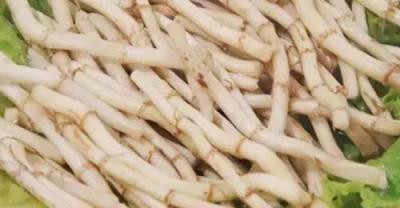
Close contact with implant teeth
Once the youth, has gradually away from us, appearance, physiology, physical aspects will be more and more great changes after the age of 40, in this green.
- Next
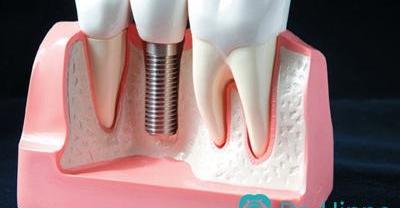
Planting and management techniques of Paeonia lactiflora
First, the growth habit of peony is cold-resistant, like fertilizer and fear of waterlogging, like soil moisture, but also resistant to drought, sunshine and cool climate in summer. The peony is.
Related
- Fuxing push coffee new agricultural production and marketing class: lack of small-scale processing plants
- Jujube rice field leisure farm deep ploughing Yilan for five years to create a space for organic food and play
- Nongyu Farm-A trial of organic papaya for brave women with advanced technology
- Four points for attention in the prevention and control of diseases and insect pests of edible fungi
- How to add nutrient solution to Edible Fungi
- Is there any good way to control edible fungus mites?
- Open Inoculation Technology of Edible Fungi
- Is there any clever way to use fertilizer for edible fungus in winter?
- What agents are used to kill the pathogens of edible fungi in the mushroom shed?
- Rapid drying of Edible Fungi

